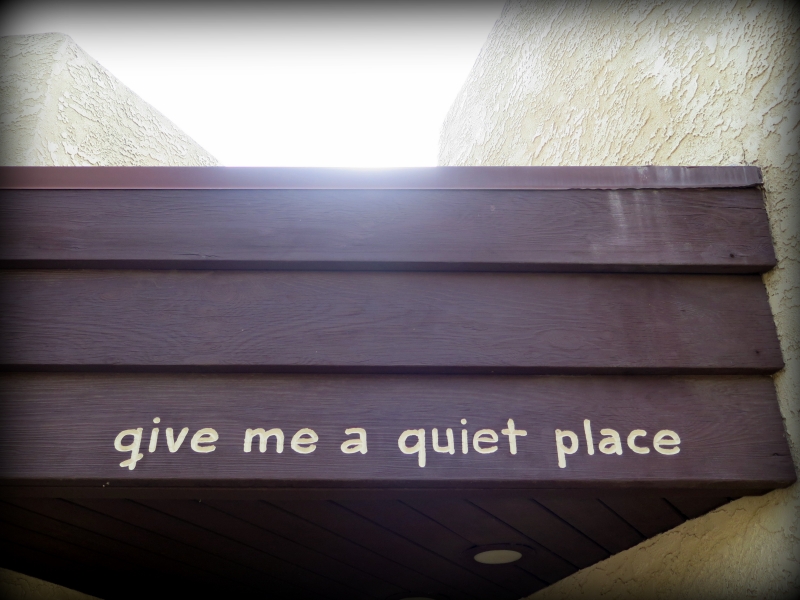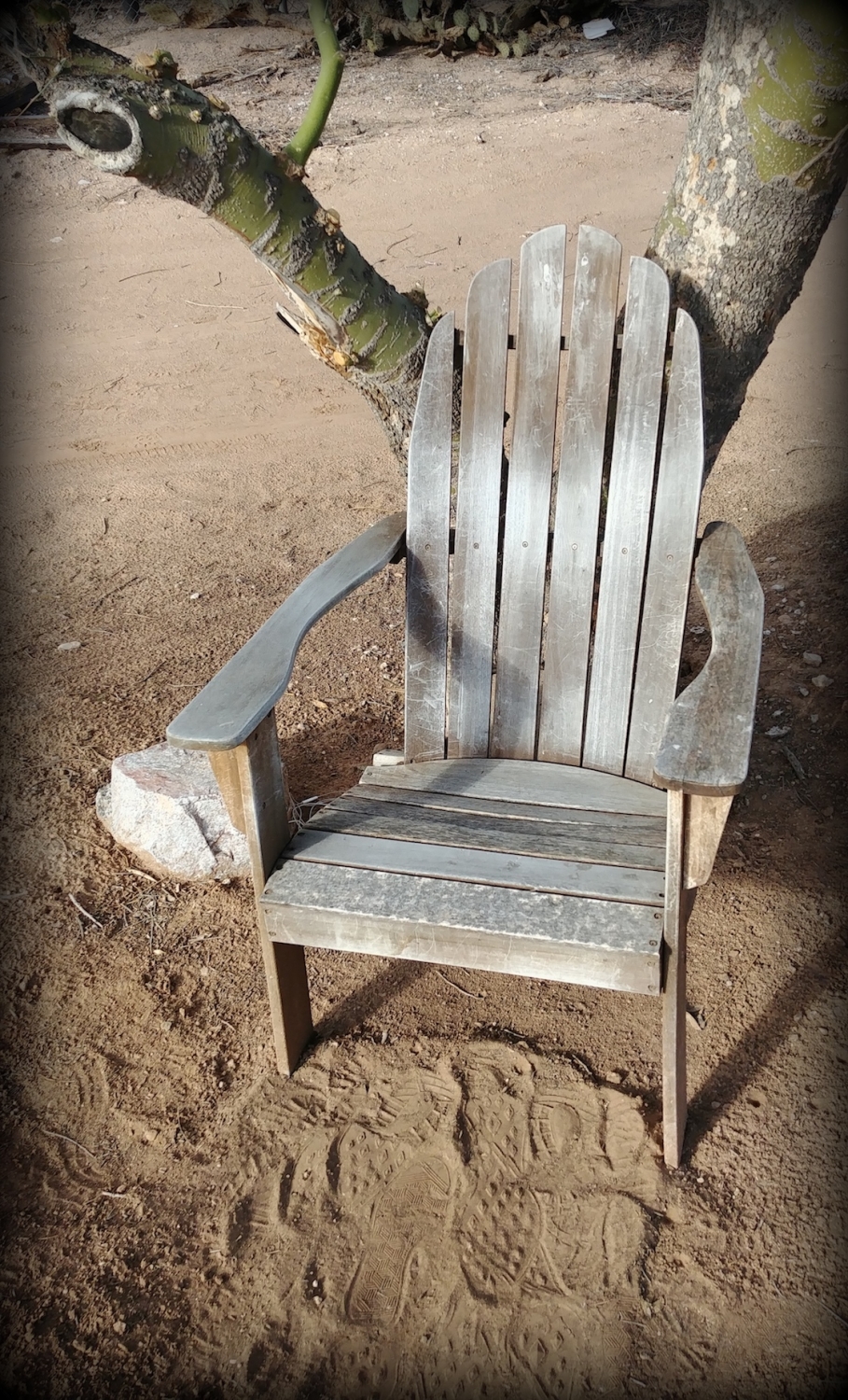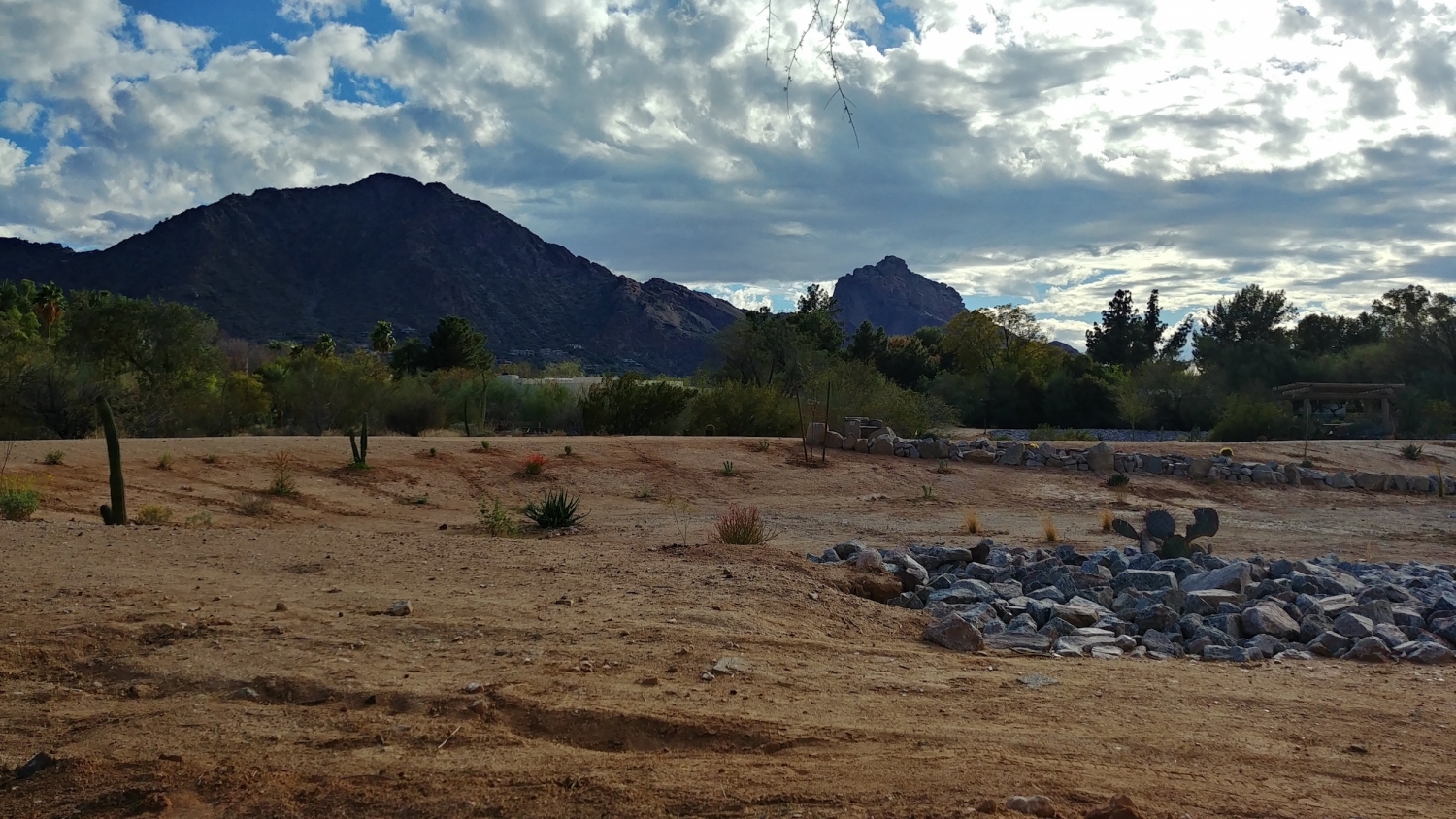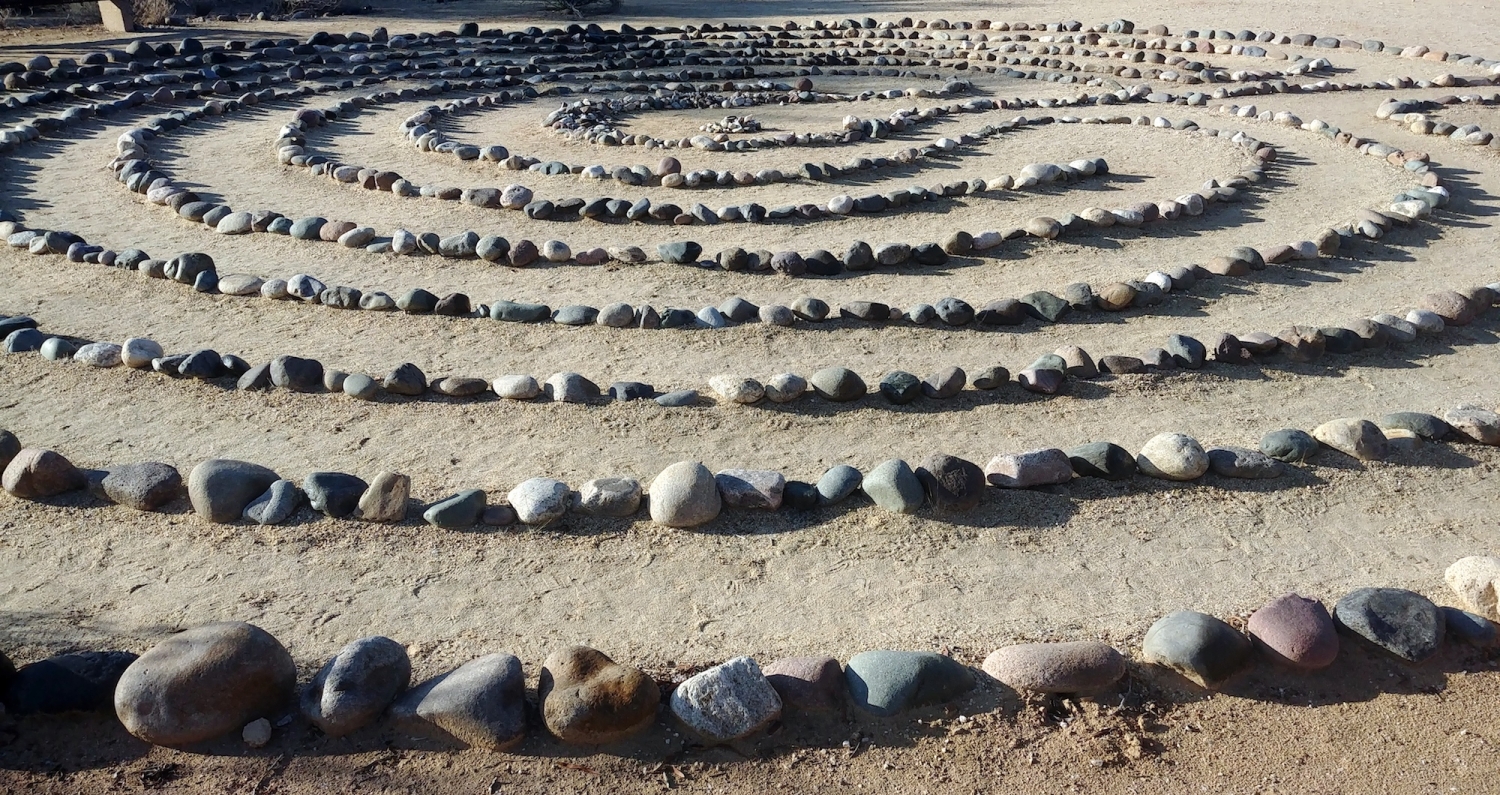Social Enterprise Resource Bank
How to Plan a Retreat That’s Really Restful

The NBA Incubate Initiativestrives to encourage and support the development of new and innovative health and social service ministries and organizations by Disciples. These ministries, in turn, inform and inspire fellow Disciples throughout our communities and across the life of the church. Together, we expand the church’s understanding of and capacity for health and social service ministry as part of Christ’s work in the world. Rev. Ayanna Johson Watkins, the author of this blog post, is the Director of the NBA Incubate Initiative. Ayanna’s work centers around identifying and encouraging new ministry projects, connecting ministry entrepreneurs to resources and information, and engaging the church and community around new ways of serving our neighbors.
I’ve been on a lot of retreats. I’m guessing this is because I have spent the vast majority of my working life in the nonprofit world and the church, and we love a good retreat. The problem is, we’ve gotten pretty loose with the definition of retreat. We call an event a “retreat” when what we really mean is a weekend staff meeting, a three-day strategic planning session, or a week-long orientation. These are all good things for us to do, but are they really “retreats”? Does an overnight stay, even at a retreat center, truly make an event a retreat?
According to the Merriam-Webster Dictionary, a retreat is a “withdrawal,” a “place of privacy and refuge,” or a “group withdrawal for prayer,” etc. Other definitions say things like “secluded places for rest” or “a period of retirement.” While it is certainly useful to withdraw for a time to brainstorm, plan, or even learn with our colleagues…what if we want to have a retreat where we actually get away to rest, to pray, to find refuge, to have a moment to catch up with ourselves?
The following is a bit of collected wisdom, gained through attending and planning multiple retreats myself, that you may find useful for planning your next retreat: a retreat that’s actually restful.
- Be intentional about making rest (or renewal, centering, healing, etc.) a goal for the retreat. What makes retreats that purposefully include space for rest different from other group/staff/work gatherings is that they can be experienced less as an obligation and more as a gift. This requires us to value rest enough to want to give it to others. Perhaps there will still be other goals for the retreat—planning, learning, team-building, etc. But consider that rest could be one of those goals—just as important as any other.
- Seek out retreat locations with sunlight, fresh air, or a view of nature when possible. My favorite retreat locations are those where I can stare. Just stare off into the distance… at mountains, desert, water, trees, sky… anything natural will do. I think it helps quiet our brains to contemplate divine creation, even if a bustling highway is not far away.
- Calm surroundings are great; calm people are even better. If you’re choosing a retreat center… or even a hotel or a friend’s cabin, pay attention to how the people who staff or care for the space make you feel. You’d be surprised how caretakers who are themselves overworked, tense, or tired can unintentionally add tension to even the nicest space and surroundings. Some of my favorite retreat locations are pretty simple in appearance, but the staff themselves are a non-anxious presence, inviting participants to relax in their care and feel like we’ve gotten away “to a quiet place.”
- Let the schedule breathe. If you’re in charge of creating the schedule for a group retreat, the temptation will be to schedule activities and time together that people will find interesting. “Interesting” on retreat is overrated. Instead, try aiming for either multi-hour blocks of unscheduled time and/or at least one morning where people can sleep until they wake up. I have now heard from several friends and colleagues that workaholism is the last remaining acceptable (even laudable) addiction in America. Even when we are at home or on vacation, we often don’t let ourselves have unscheduled or uncommitted time. We are always finding things to do to fill the space—little tasks around the house, answering emails, doing “one more thing.” Why not make room in a retreat for doing nothing? I find that when we are given a long block of unscheduled time on a retreat that, most often, our bodies are desperate for rest and we sleep. Leave room for sleep.
- Make activities optional. Some people want to be with others as part of their getaway—they want to pray with others, talk with others, walk with others. Some people, however, just want to be alone. Make time for people to be alone, if they choose.
- If you do have group activities, try choosing things that participants can do on their own later to recreate a retreat atmosphere wherever they may be. The so-called spiritual disciplines are great for this. Practices like Lectio Divina and prayer walks are things that people can do anywhere and become part of their personal wellness toolbox, to be used whenever they need a taste of retreat in the midst of ordinary life. Art-based exercises like creating mandalas or collages also work well for retreats. Of course, movement activities—hiking, yoga, drumming, dancing—allow us to get in touch with our bodies again.
- Create space for (optional) sharing. Just as some folks need alone time on retreat, some people need time to reflect aloud with others on their work, their home life, etc. (Sometimes these are the same folks!). Often, it can be hard to relax when something heavy weighs on your heart or a thousand things are racing around in your mind. Making time for people to “unload,” so to speak, can make deeper rest and refreshment possible. In addition, make space for people to connect on a deeper level with someone traveling a similar journey. While some may not be inclined to share in a group, they may open up to a peer with whom they have something in common. Try leaving meals unprogrammed or organizing outings that don’t require paying attention to anything other than each other.
- Consider silence. I learned this one from my friends in the Bethany Fellows. Silence is counter-cultural in American society, yet when used as a spiritual practice, it can open up space for us to quiet our minds and hear divine wisdom. Often individual Bethany Fellows will, after a period of silence, describe an experience of their whole selves quieting down—getting quiet from the outside in. Even a few hours of silence can be beneficial, though some retreats will have room for a full day of silence or more.
In a world where we find ourselves often racing from one thing to the next, even while the world around us seems to be racing itself from one sensational, tragic, amazing thing to the next, perhaps a true retreat is just what we need.
Printer-friendly version here! >>
The NBA incubates new ministries, supporting social entrepreneurs of faith who are serving their communities in a variety of innovative ways and empowering these Disciples-led health and social service projects to focus on growth, impact, and sustainability. Learn more at nbacares.org/incubate or by contacting Rev. Ayanna Johnson Watkins, Director of the NBA Incubate Initiative, at awatkins@nbacares.org.


